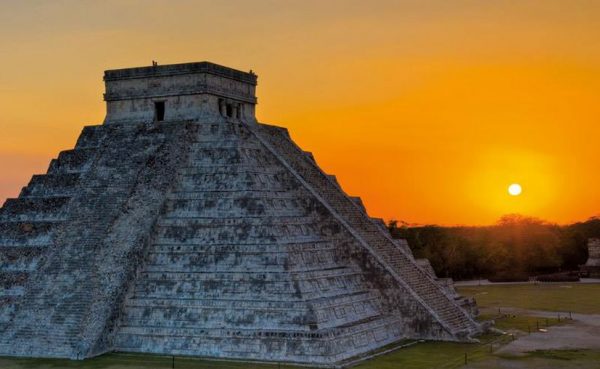From today until Wednesday, May 24th, the archeoastronomical phenomenon known as the zenith passage of the Sun, better known as “days without shadows,” can be observed. During this time, the silhouettes on the vertical remains of some archaeological sites in Yucatán will disappear, signaling the beginning of the planting season for the Maya.
This phenomenon can be observed on the vertical structures of the archaeological sites during the last days of the month when the Sun is at its zenith and for a few minutes, no person, building, or object casts a shadow.
“On these days, shadows will disappear, not only from the vertical vestiges that were designed for this purpose. It will happen today in Uxmal and Oxkintok, tomorrow in Chichén Itzá, and on Wednesday in Acanceh, Aké, and Dzibilchaltún,” said Eddie Salazar, who is a researcher and astronomer.
“This demonstrates the knowledge of the astronomer priests or Ah Kin. The transit of the Sun at the zenith showcases the knowledge of the astronomer priests of Mesoamerica, a phenomenon that perfected the chronological system as observed in various pre-Columbian Mayan cities,” he added.

He also explained that the zenith is used in astronomy to denote the point where the vertical line from a space intersects with the celestial sphere. It is the highest point in the sky directly overhead an observer, 90 degrees above their head. In the Mayan language, the zenith occurs when the kin (Sun) is directly above, illuminating everything around and causing the vertical shadow to disappear completely.
He indicated that in the case of Mérida, which is outside the pre-Columbian zones, the phenomenon will occur next Thursday, the 25th, because the city’s latitude is 21 degrees, and that day the Sun will have a declination of 21 degrees.
“The Sun at the zenith occurs when the latitude of a location coincides with the Sun’s declination. It’s important to remember that the Sun has four significant points: the occurrence of the two equinoxes and the two solstices. The phenomenon can be clearly appreciated when the Sun is at its highest point,” he concluded.
TYT Newsroom



